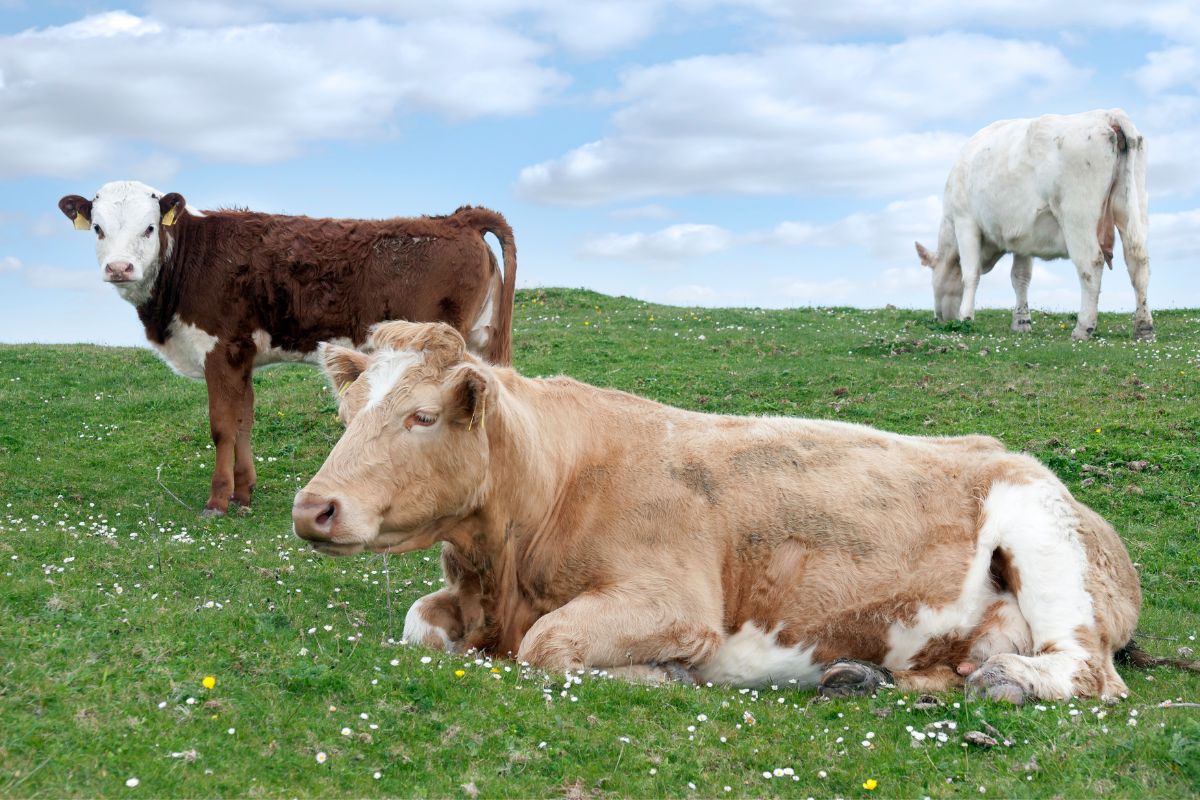Phosphorous and B12 combinations are often used in the management of transition cows.
Trasnsition cows entering the lactation phase can have enormous demand for phosphorous. It is a well-known fact that blood and liver concentrations of B12 and inorganic phosphorous drop during the early lactation period of dairy cows.
When lactation starts, stored phosphorus content in the liver drops, thereby increasing the phosphorus requirement for energy metabolism, milk production and milk phosphoproteins. The rate of gluconeogenesis and glycolysis is dependent on phosphorus availability in the animal because all intermediary molecules must be phosphorylated. A reduction in blood concentration of B12 is thought to be due to the increased demand arising from secretion of B12 in milk produced by the animal, along with reduced dry matter intake during the early lactation period.
Cyanocobalamin (B12) is a co-enzyme in the biosynthesis of glucose from propio-nate. It is also a co-factor to enzymes important in fatty acid synthesis and is important for maintenance of normal haemopoiesis, protection of the liver, and maintenance of muscle tissue, healthy skin, brain and pancreatic metabolism. While B12 is produced in the rumen, owing to the microbe’s own requirements, this can be not enough to meet the needs of the animal.
Butofosfan and B12 combination drugs appeared on the market in 1958, with the intention of addressing these early lactation deficiencies. Our product is licenced in cattle, horses, dogs and cats. The licenced indications include:
- As supportive treatment of metabolic or reproductive disorders, when supplementation of phosphorous and cyanocobalamin is needed.
- In case of peri-parturient metabolic disorders, tetany and paresis (milk fever), the product should be administered in addition to magnesium and calcium, respectively.
- Supporting muscle function in the presence of deficiencies of phosphorous and/or cyanoco-balamin.



